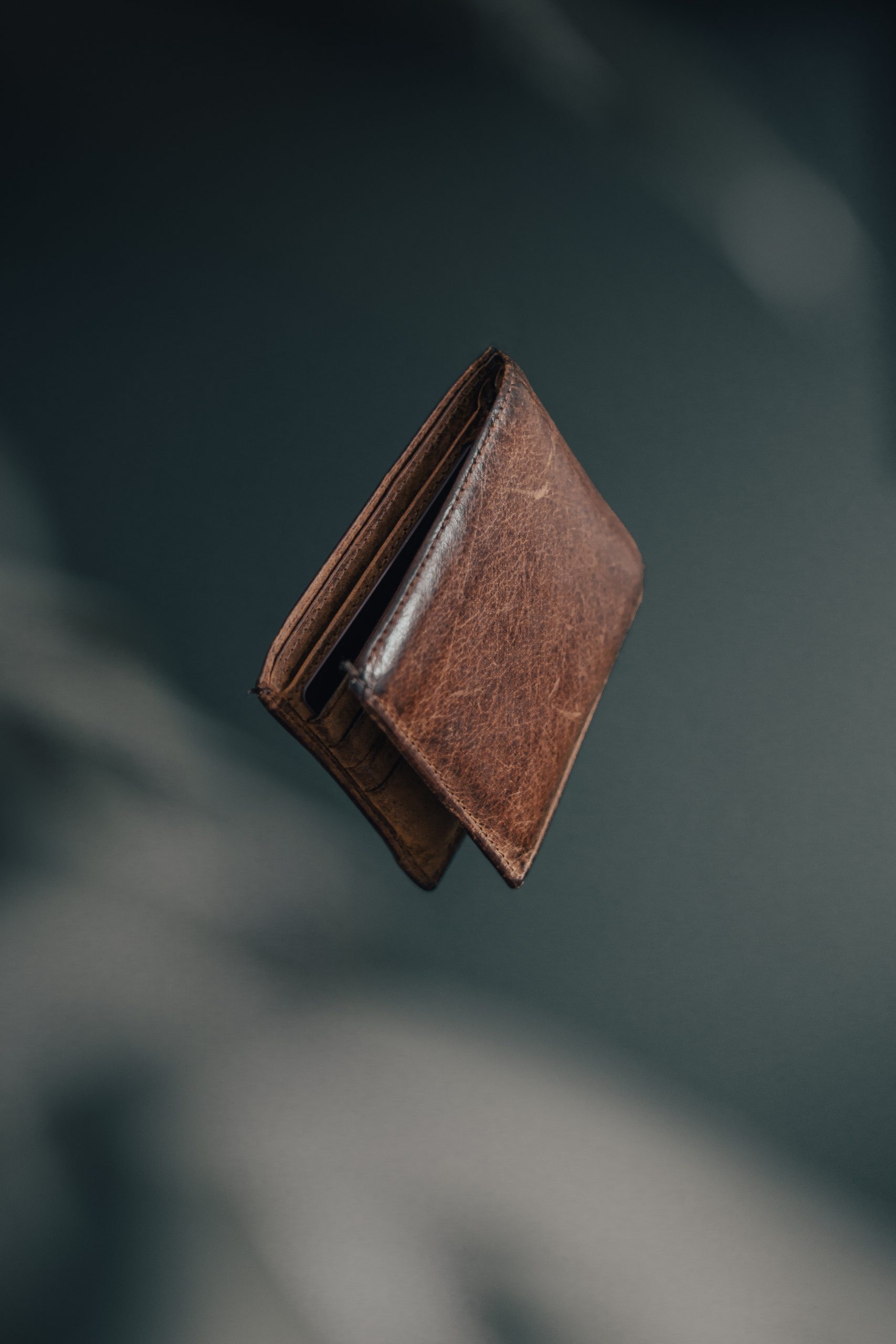A History of the Biggest Crypto Crashes and Why Bitcoin Will Never Die
Bitcoin's price is always a hot investment topic, if it's stable or volatile, crashing or careering upwards.

While Bitcoin wallets and standard online bank accounts have certain similarities, the process behind creating and using a cryptocurrency wallet is considerably different. Because Bitcoin transactions are irreversible, there are different criteria for the security of digital money stored in a wallet. Here’s the best practice for creating and using a crypto wallet.
To minimise potential losses, it’s important to explore different cryptocurrency wallets and know how they operate before you choose which way you store your cryptocurrency funds. If you’re choosing a crypto wallet for the first time, there are five essential procedures to follow:
The most crucial consideration when selecting a Bitcoin wallet regards your reason for buying cryptocurrencies in the first place. Different wallets are designed to offer specific functions, so choose one that corresponds to how you’ll interact with various cryptocurrency networks. Here are some questions to consider before purchasing your first wallet:
Security should be a top priority when selecting a crypto wallet because it has everything to do with how you can access to your private keys. The private keys are essentially the password to your cryptocurrency funds, allowing them to be transferred to other users. Power over the private keys, in other words, translates to control over the money.
There are three main types of Bitcoin wallets you can choose to use:
The most time-consuming approach is to set up a hardware wallet, but it is also the most secure. This increased security is achievable because your private keys will be stored on a separate offline device from your laptop, mobile phone, or other computer. These hardware wallets are far more secure than internet wallets since their offline nature makes them less vulnerable to virus assaults from hackers, keeping your digital assets safe from hackers.
After purchasing a hardware storage device, such as a Trezor One or Ledger Nano X, you can set it up using the accompanying instructions. This normally consists of three major steps: downloading the hardware’s related software to your computer, jotting down the recovery pass for your private keys, and connecting the hardware device to your computer.
A mobile wallet is significantly easier to set up than a hardware wallet. The first step is to select a mobile Bitcoin wallet from your device’s app store.
Most mobile wallets allow you to accept Bitcoin payments seamlessly.
During the setup procedure, the only thing you need to do is backup your private keys on physical paper. This backup is often in the form of a 12 or 24 letter passphrase (known as your recovery phrase). While not all crypto wallets require this step, it is strongly advised that you do so since you may otherwise lose access to your assets if you lose your phone or your mobile device just stops working correctly.
Remember that when you lose your password in the world of cryptocurrencies, there is no third party to turn to for assistance.
Edge and BRD are two examples of mobile crypto wallets.
The process of creating a desktop wallet is identical to that of creating a mobile wallet. Once you’ve decided on a cryptocurrency wallet program, all you have to do is launch it to begin the setup procedure.
Desktop wallet software, like mobile wallet software, may prompt you to create a backup of the passcode linked with your private keys.
Desktop wallets often contain more detailed portfolio tracking graphs and charts, allowing you to watch the value of your assets in a variety of ways based on your preferences.
Desktop wallets include the Exodus Wallet, Jaxx Liberty, and Atomic Wallet.
Anyone new to crypto may find the process complex, but it can be simple. Remember to start small and learn as you go.
After you’ve created your wallet, try sending and receiving cryptocurrency. It’s also a good idea to wipe your wallet and then restore it using a recovery seed to see how it works.
There is no clear definition of a fiat wallet, although in general, fiat refers to money created by governments. So ordinary money, such as USD or GBP.
If you want something with a consistent value, you can keep stablecoins (which can be tied to USD) in your crypto wallet.
This is a subject of controversy among crypto purists.
You could theoretically leave your cryptocurrency on an exchange like Coinbase and not use a wallet. The risk here, though, is that the exchange’s security is compromised, so are your cryptocurrency tokens.
Purists of cryptocurrency believe in self-custody and retaining the private keys to your own cryptocurrency. This means that you are accountable, and if you lose your private keys, you will lose your crypto.
There are several wallets suitable for beginners. You might wish to test a software wallet first to avoid having to order (and pay for) a physical wallet.
Among the finest starter wallets are:
If you wish to step into the DeFi space, you might opt to try the following browser extensions:
Keep your recovery phrase somewhere secure. If someone obtains your recovery phrase, they will be able to liquidate your crypto assets. People usually make a few copies of their recovery seed and keep them in highly secure places. A safe, for example, may be an ideal position.
Bitcoin's price is always a hot investment topic, if it's stable or volatile, crashing or careering upwards.
A patent has been filed by IQ Consulting, introducing a Human-Centred Artificial General Intelligence (AGI) architecture. The software is...
Find out the countries where you'll pay the most tax if you're trading, holding, buying or selling cryptocurrencies.
Some scams are easy to see, but others might look like a worthwhile investment opportunity. Here are some crypto red flags to look out for.